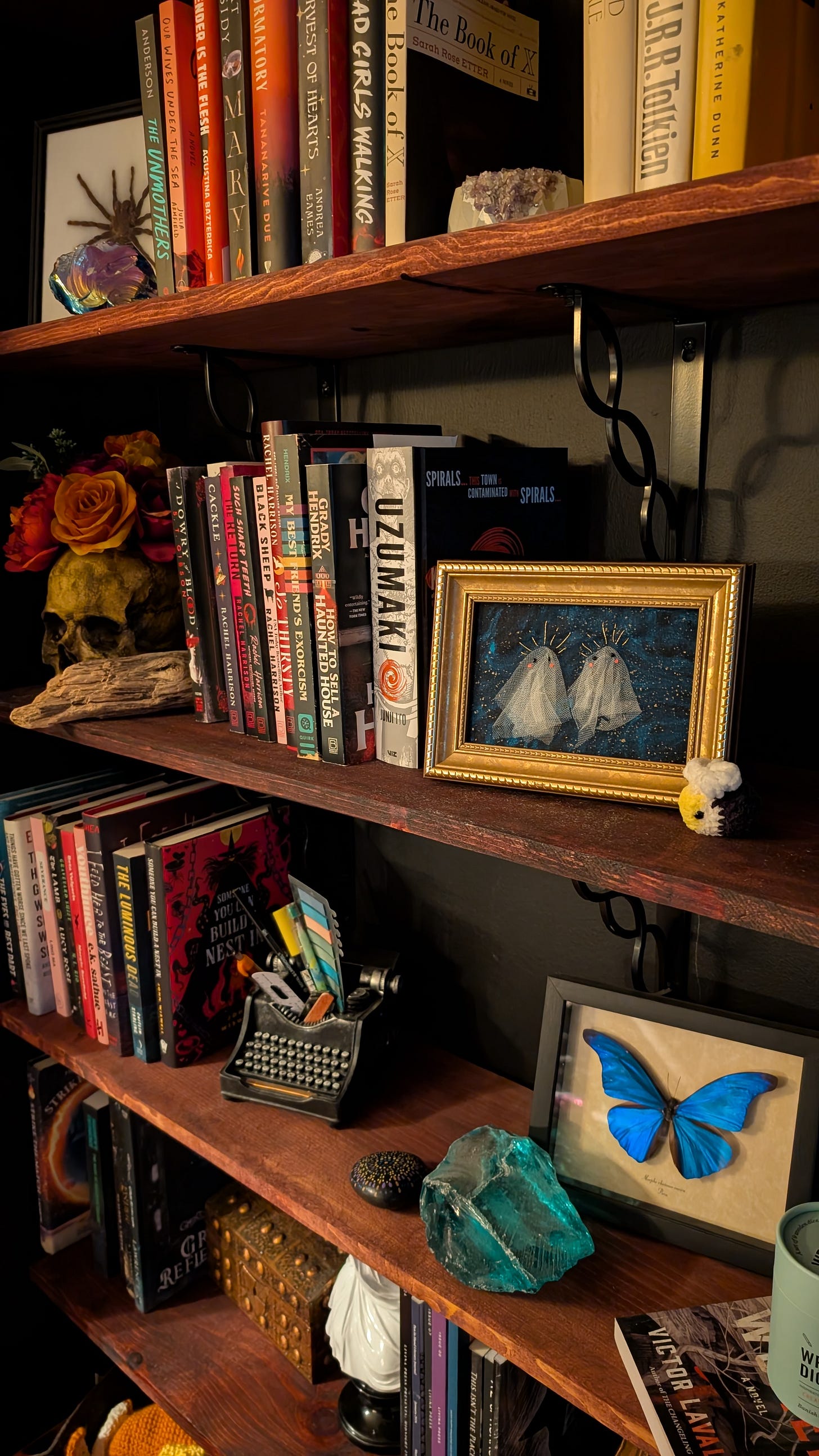Should Indie Books Cost The Same As Trad Books?
Or, I Finally Get To Use My MBA For An Internet Argument and It Makes Me Mad
Lately, there have been some big discussions—particularly on x—that indie authors need to charge the same for their books as traditional publishing because they're “worth the same.”
There are FIVE primary pricing strategies. We are only talking about one. It's frustrating me.
Value-based pricing: Setting prices based on the perceived value to the customer.
This seems to be what everyone in this argument thinks all creative endeavors are based on. You wrote it, you made up the price. What do you think your art is worth? That's part of it, sure, but that's not all of how pricing works.
If pricing was as simple as “charge what you think it's worth” then people wouldn't struggle to grasp the concept of “paying artists” and you'd never struggle with rent, because your costs wouldn't factor in. You still have to pay rent, editors, electricity, wifi, and other expenses to make a book. Value-based pricing is not all that goes into a book, because a book doesn't come from nothing. There are five different pricing strategies, and if you're going to have this discussion, try to understand them. Each has their own strategy.
Cost-plus pricing: Adding a markup to the cost of production.
This is a major part of any discussion, not just for those who make physical books. How much were your editors? How many editors/artists did you use? How much did you spend on marketing? When trad publishing drops $70-90k on marketing, they're going to expect to get more in the cost of the book, the same way that book in the TikTok store (which costs money in marketing) costs $60.55.
Many indie authors will also spend money on marketing, and they should price accordingly. Did you drop $15k on TikTok influencers? Get that back! If you didn't, you don't need to, but you may not have someone willing to pay that higher price for a book they don't recognize.
Those who can't should consider the next pricing strategy.
Penetration pricing: Introducing a product at a low price to gain market share.
Out today, ONE DOLLAR! And because you're indie almost that entire dollar is yours? Awesome. I know I've picked up books I've never heard of (no marketing) because they were very low cost and ended up loving them. I would never have purchased them at the same cost as a book I had heard of with a marketing budget, but it ended up becoming a favorite I did end up recommending to others.
This is a completely legitimate strategy. I'm so tired of people thinking it's all about perception.
Competitive pricing: Matching or undercutting competitor prices.
This is a legitimate strategy, but isn't as necessary for authors, more for booksellers.
Price skimming: Setting a high initial price and lowering it over time.
Standard work for prices, you see it when books like Hail Mary start out at 21.99 and eventually make it to 14.99.
So, unless you're setting book prices—like a traditional or indie author—shut it. Your perception of value is based entirely on a self-guided social media tour and has nothing to do with the hard work authors have gone through to set their prices.




The true reason is that printers like Ingram and KDP aren’t really for independent authors. If I set my paperback at 460 pages in Ingram for 15.99, I have to pay Ingram sparks $2.45 a book. That means I’m paying someone to buy my book and read it. That’s why they have to be the same price because the margin is so small. The highest royalties for indie authors are for ebook and those we typically make very cheap or free.